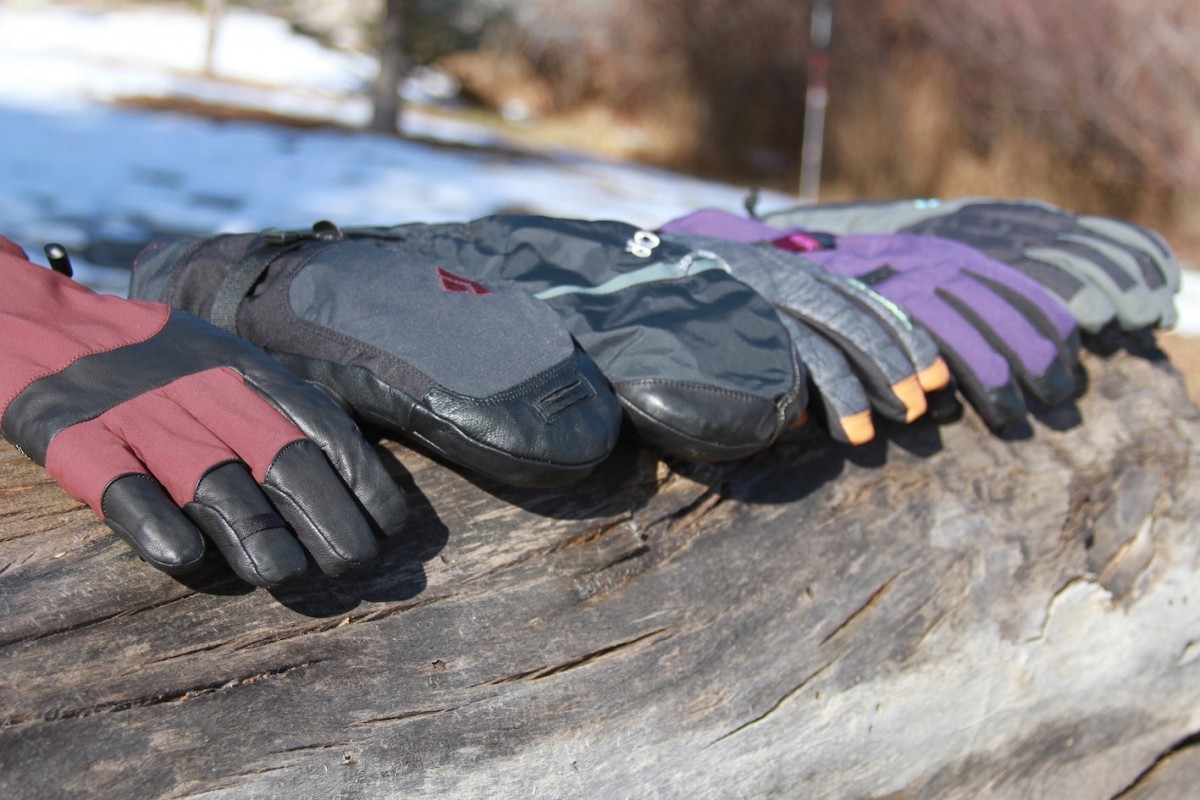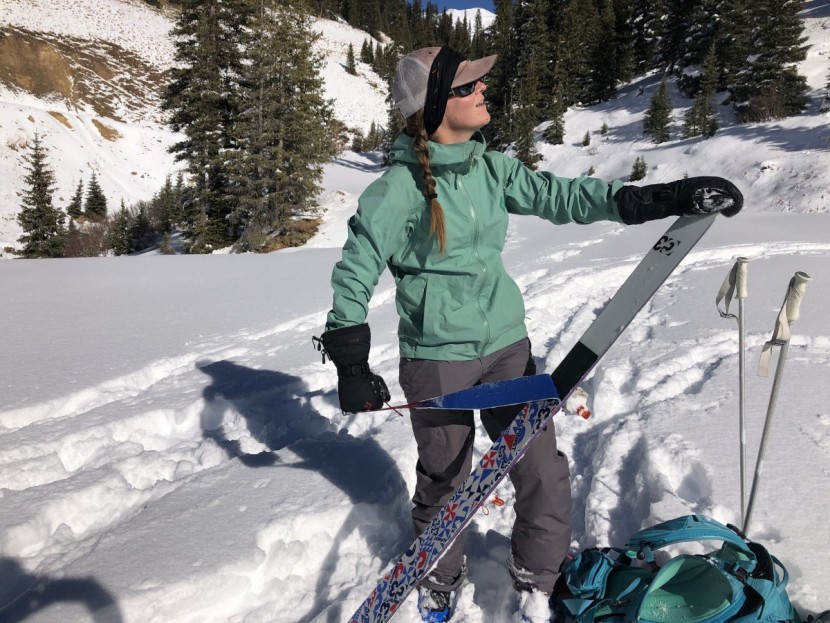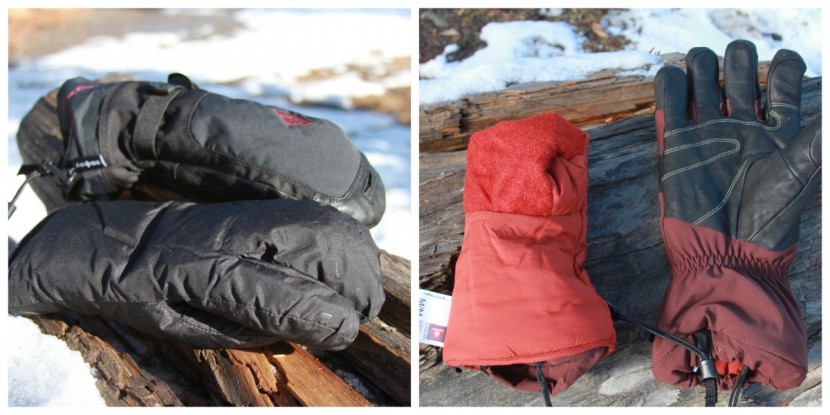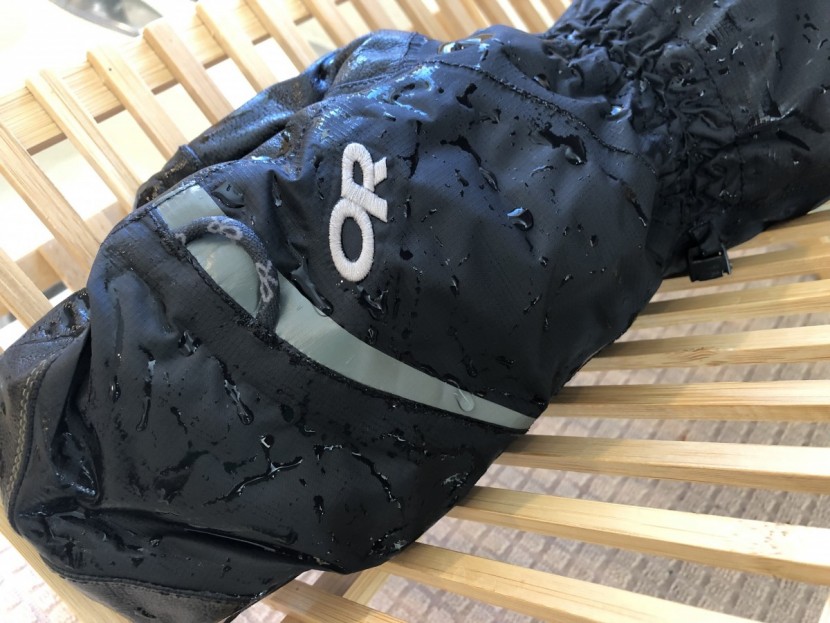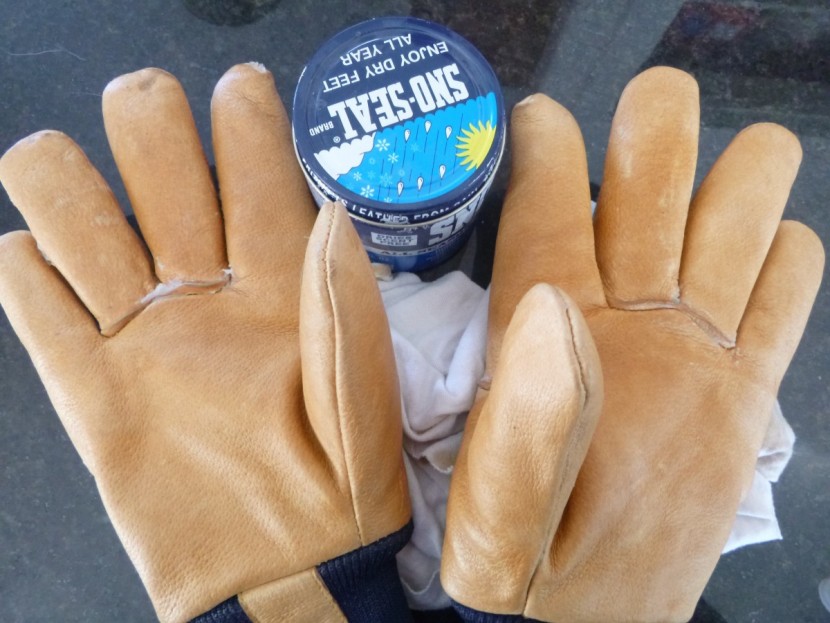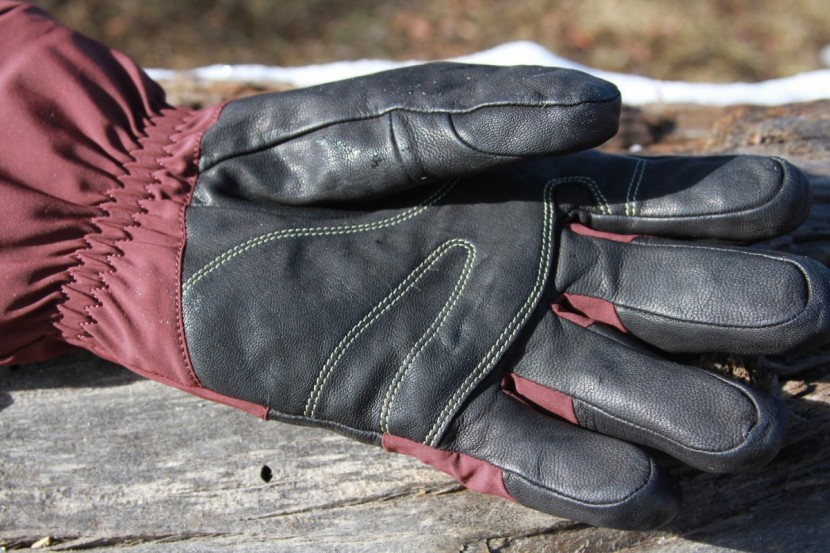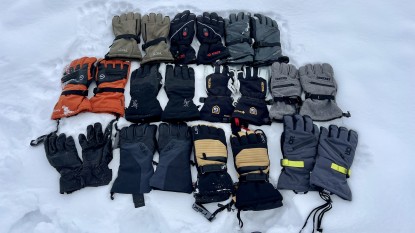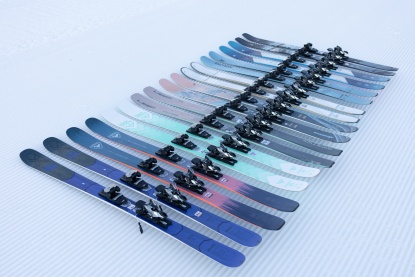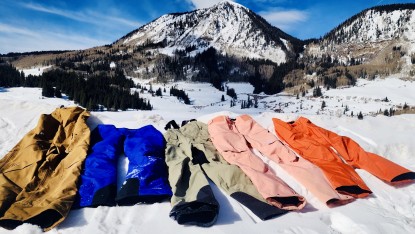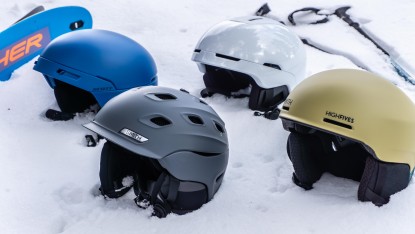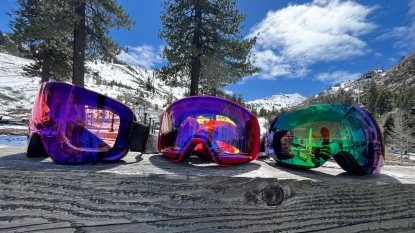An excellent ski glove or mitten is a staple for every women's outdoor outfit. It can make the difference between a fantastic time on a cold day or a miserable one. While there are many options on the market, we've taken the time to distill down the best contenders and offer our advice to help you determine what you need. Whether you work outside, ski, snowboard, or work as a guide, we've got excellent recommendations to help guide your decision for the best mitt or glove for your needs.
Budget & Use
It's important to determine how much you're willing to spend on a glove or mitt. Many high performers come with a high price tag that complements its performance. We've learned that a glove or mitt with liners and features is more versatile, offering excellent functionality for any activity, whether you're skiing at the resort or in the backcountry.
If you wear gloves or mittens almost every day in the winter and find yourself needing a new pair each year, then it might be time to consider investing in a more durable option that doesn't pack out. Look for materials like Gore-Tex or leather, as it'll last longer. Liners that are hi-pile will most likely wear out, so invest in liners from companies that are replaceable. A good glove is a great investment, which we're happy to help you figure out.
Gloves vs. Mitts
Many women and men alike suffer from cold hands during winter, turning typically fun activities into a suffer-fest. As a result, the choice between buying ski mittens or gloves can be tough. We all want warm hands so we can stay comfortable on our adventures. Our testers are women who have tried both, noting the tradeoffs involved in both gloves and mitts. So which do you choose?
Ski mittens are a wonderful choice if you're looking to keep your hands warm. They are warmer than gloves as your fingers are not separated from one another, which can generate more heat in the area of the glove. Finger movement is key to promoting the warmth of a glove. The downside? They lack dexterity. For the resort, this may not be a big issue, but for more technical activities like mountaineering, ice climbing, or even backcountry skiing, you may want the dexterity of a glove.
Ski Gloves are better for those seeking more dexterity. Perhaps you want a specific grip on your ski pole, to dig a snow pit more efficiently, or zip up your jacket with ease. Gloves are typically more dexterous, assuming they aren't completely stuffed with insulation, but they are not nearly as warm as mittens.
Which do you prefer?
Single vs. Double Glove Construction
The next decision you've got to make is whether you want a glove or mitt with a removable liner or not. Learn about the two.
Double Glove Construction
Removable liners offer more versatility and dry faster than those without. You can take the glove apart and choose to use just the shell or just the liner on its own. Not only that, if the shell of the glove or mitten is big enough, you can swap it out for a thicker or better-performing liner. The downside? Typically less dexterity if both the shell and liner are thicker. If you seek a versatile option with more uses, this is the one to buy.
Single Construction
The liner is built-in and can't be removed. While these gloves and mitts are simpler and allow for more dexterity, they can't be dried out as quickly and aren't as versatile. Poorly designed liners can also get bunched up with moist hands, making the glove harder to put on. If a very dexterous glove is what you seek, this is the construction to look for.
Anatomy of a Glove or Mitten
A ski glove or mitt typically has many layers. On the market, you'll find several different types of materials for each. With a keen eye, research, and knowledge, you can judge the performance of the glove based on the materials it's composed of. After several years of testing, we've learned that some materials are better than others. We discuss the shell, the palm, and insulation in this section.
Outer Shell
The outer shell is designed to protect the hand from wind and water. It should also breathe as a means to allow water vapor to escape, so moisture doesn't accumulate inside, wetting your glove, then cooling when you slow down. Below, we outline the pros and cons of the different materials you might find in the outer shell. Those made with a breathable Gore-Tex or leather composition typically do better, while nylon absorbs water (depending on its Denier rating).
Nylon
This is a very common fabric found in less expensive gloves.
If you buy a nylon glove, expect it to absorb water in super wet conditions after a few hours of use. It is not waterproof, and gloves that use this typically have a DWR treatment. Know that any DWR treatment will eventually rub off. It is more breathable, though, offering some ventilation. Some nylon is stronger than others, so do your research. Look for the one with a higher Denier rating.
GORE-TEX
An awesome lightweight shell material that (depending on the type and number of layers) is waterproof and relatively breathable.
It's not as breathable as nylon, but it doesn't stretch or saturate as easily when wet. Look for a glove with Gore-Tex inserts or full shell construction with either two or three layers. One layer will eventually saturate.
Leather
Time tested and durable, leather gloves are the workhorse of the glove and mitt world. They'll last you a long time if you maintain them properly.
Look for leather that is soft and pliable, like goat skin, for increased dexterity and mobility. Full leather gloves are great for resort skiing and the backcountry, as they offer protection and breathe well. They will saturate if the leather hasn't been treated or is of poor quality, so be sure to maintain it regularly.
Palm
The palm needs to be reinforced and durable. It is the site of the most abrasion and thus should be built with materials that can perform well. The best gloves feature palm material made with goat skin leather or other leather materials. While it needs to be treated, it stands up to constantly having poles in hand and performing tasks. Goat leather is softer, more supple, and promotes better dexterity.
Woven nylon or synthetic leather are both common materials found in the palm, especially in less expensive gloves. While both will perform for a dry day at the resort, expect them both to saturate. Synthetic leather is more durable than nylon, but neither will stand the test of time like good ol' leather construction. Look for this if you want the best performance and durability.
Another thing to consider is the stitching material. More and more gloves are seeing kevlar thread used in the craftsmanship, which is signified by a yellow thread. Look for this in the construction of a glove. The thumb notch (between the thumb and index finger) is a huge area of abrasion, so look for reinforced material in this area. We've seen a multitude of models throughout our ski lives that have failed in this area of the glove first.
Insulation
After peeling back the exterior of the glove or ski mitten, you'll find the primary source of warmth. While insulation contributes to the overall warmth of a glove, the type and way it is laid out in the glove or mitt are actually of more importance. Avoid gloves that are so packed with insulation that your fingers are immobile. Insulation stacked at the back of the hand and away from the palm and in the fingers will lead to better heat conductance and better overall performance. A mobile glove is a warm glove.
To start, we'll discuss the types of insulation you'll find in a glove. Synthetic fibers and organic fibers are the two types out there. Learn about their properties below.
Synthetic Fibers
These fibers are more rigid, durable, and offer warmth even when wet. Many companies are coming out with their own proprietary fibers these days, so you'll find many names like ThermaCore, Radiant Heat, and more. Most of these are just synthetic fibers, built out of some sort of polyester constituent.
The most common is PrimaLoft, which is quite popular. The best gloves in this review use these types of fibers of varying quality. PrimaLoft Gold and Silver is basically the same, except the Gold has more recycled content. These fibers are lofty, warm, and water-resistant and are some of the highest quality on the market. Learn more about them here.
Organic Fibers
These fibers are not lab-made but found naturally in nature. The two primary types you'll find are wool and down insulation.
Wool, made from sheep's hair, has water-resistant properties that will absorb water but still insulate when wet. This fiber is warm with great insulative properties and offers a similar level of warmth to synthetic fibers like PrimaLoft.
Down is comprised of goose-feathers and is the warmest type of insulation on the market. Its lofty nature traps air, holding heat better than any synthetic or wool fiber. Since it is compressible, it promotes dexterity, which also contributes to more warmth. If you buy a glove with down, be sure the shell is waterproof (Gore-Tex, not nylon) as down can't insulate when wet unless it's treated.
Identifying the Right Ski Glove or Mitten For You
When mulling over what type of glove or mitten you may need, there are a few questions you should stop and ask yourself. By taking these questions into consideration, you can quickly narrow down your options to find a glove that fits your needs.
Do Your Fingers and Hands get Cold Easily?
If so, you need to prioritize warmth in your ski mittens or gloves. If you are just riding the resort and don't need dexterity, a mitten is a better option for cold hands. You can keep your fingers together, which generates more warmth and is ultimately more comfortable.
Try on the glove to see if it fits. A good fit will promote more mobility in the fingers, offering more warmth. Look for a glove or mitt construction from high-quality insulation like down or PrimaLoft, and be sure it's stacked towards the back of the hand, so you can move your fingers.
Where do you Ski?
A versatile glove that can go from the resort to the backcountry is ideal, but we realize most people stick to the resort and go only a few times a year. For those folks, be sure to get a glove or mitt that prioritizes warmth. When you're sitting on a cold chair lift, you'll be happy you made that decision.
If you backcountry ski you'll want a glove that is a little more versatile. Hiking uphill is hot, and a breathable glove is ideal. Those with double construction allow you to use just the shell or liner, and most of our testers prefer these. However, many professionals in the field prefer a finger glove construction, as dexterity is important so they can dig snow pits, make transitions, and even perform rescues without taking off a glove. In this case, you'll find snow professionals donning a single glove construction for enhanced breathability and dexterity.
Mitt and Glove Features
Added features might help you enjoy your day out in the snow while adding function to your hands. Look out for some of these features that you may or may not love.
SkiGee: On wet days when you're on the chairlift, do you find yourself reaching for a SkiGee or trying to wipe wet snow from your goggle lens unsuccessfully? Thankfully, some glove designers include a little rubber slide on the index finger of your glove that allows it to act like a windshield wiper.
Nose Wipe: Do you find yourself constantly reaching for a tissue at the convenient Kleenex kiosk at the chairlift? If so, then think about getting a glove that has a nose wipe on its thumb. Keep in mind; this material is softer and more absorbent. In wet weather, it'll saturate first.
Touchscreen Compatibility: With our reliance on technology, it is surprising that more gloves don't have touchscreen compatibility. You'll find this feature on the liner of a glove, but only a few mitts and gloves feature it.
Removable Leashes: If you're learning how to ski or take your gloves off a lot, a wrist leash is handy on both the lifts and at the warming hut. Many models in this review feature a removable wrist leash. Choose to wear them, or choose to take them off!
Glove Cuffs: Do you prefer if your glove or mitt fits under or over your jacket? Those with a long gauntlet will keep out more snow, while a cuffed glove has a less bulky appeal.
Women's Specific Fit
This review is brought to you by ladies who share your needs. There are many gloves and mitts on the market with a unisex fit. Those with a fit specifically for women are more narrow in hand width, with shorter and thinner fingers in construction. If you do buy a unisex glove, be sure to consult the company's sizing chart as they typically run wider, with longer thumbs and fingers.
Conclusion
Whether you ski or snowboard, charge down double black diamonds or sip tea between laps on your favorite green run, a fantastic ski glove or mitten is the first step to a comfortable outdoor wardrobe on the mountain. Consider how many times you're going to be using this ski glove in a year, the weather and conditions you're going to find yourself in, and what kind of features you need. Then slide your hands into warm comfort and stay toasty all season long.

